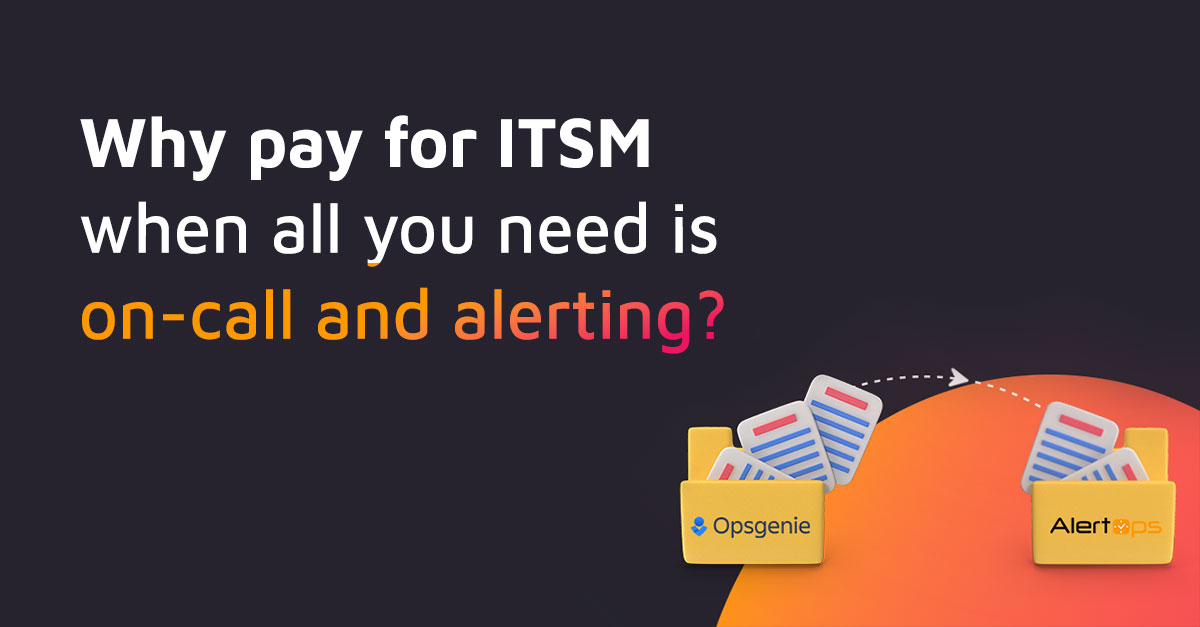A service-level agreement (SLA) defines the service parameters a company is required to provide to a customer. If a business cannot meet an SLA target, the consequences could be severe for both the company and its customer.
SLAs account for reliability, responsiveness and other service-level metrics. Thus, if a company cannot meet an SLA target, the business likely raises concerns and questions. That may be about its reliability, responsiveness and overall commitment to providing exceptional service. As a result, this business may be susceptible to brand reputation damage, revenue loss and customer turnover. This will be due to its inability to meet an SLA target.
For all the businesses that are concerned about falling behind their SLA targets, a solution is available. That is an alert tracking system that offers SLA-based management.
How Does SLA-Based Management Work?
An alert tracking system that offers SLA-based management, allows a business to create SLA policies for service tickets. This happens based on their priorities and severity. This further sets up rules for each customer’s company, group or department and automatically send escalation notifications. Those notifications will be sent to the users and managers about SLA violations. Plus, the system enables a business to set up specific operating hours and on-call schedules for each SLA policy.
Additionally, SLA-based management ensures incidents won’t fall through the cracks. It allows a business to use its alert monitoring system to set up multiple SLA policies and configure them with specific targets. It also helps a business manage its service levels and accelerate time to resolution.
SLA-based management allows a business to use its alert tracking system to define workflow timelines backwards and forwards from an incident’s SLA deadlines, too. For example, if a business has four critical incident types, each with a different SLA, then workflow escalations can be triggered based on a specific SLA. This allows a business to notify its team members and management when an SLA deadline is threatened, manage its service levels and establish service management workload priorities.
Furthermore, an alert monitoring system that provides SLA-based management enables a business to set triggers to send reminders out to teams before an SLA deadline passes. Or, a company can set a trigger to notify a manager when an SLA deadline is approaching.
The Bottom Line on SLA-Based Management
Thanks to SLA-based management, a company can use its alert monitoring system to understand how it is performing against SLAs for specific priorities or policies. An alert monitoring system equipped with SLA-based management provides tools to help a company simultaneously manage multiple incidents. As such, this system may prove to be a must-have for businesses of all sizes and across all industries.


